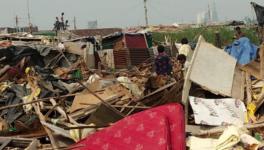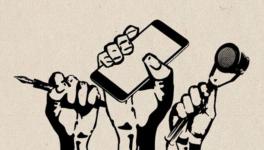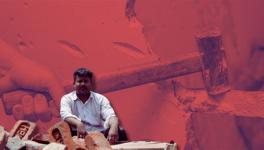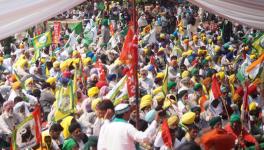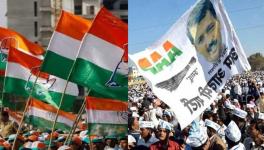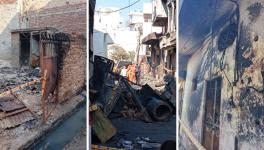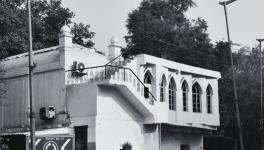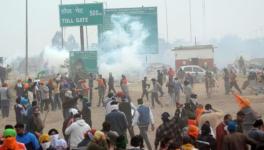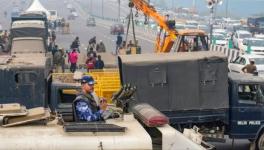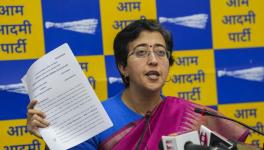Partition Museum in Delhi Revisits Stories of Loss and Displacement
A passbook that endured a 15-year journey to the Reserve Bank of India without meaningful resolution, newspaper clippings documenting the first case against Subhash Chandra Bose’s Indian National Army (INA), and numerous photographs capturing the experiences of migrants arriving in India following the Partition. The recently inaugurated Partition Museum in Delhi showcases a range of such compelling exhibits.
Housed within the capital’s prestigious Ambedkar University's Dara Shikoh Library, the museum holds significant historical value. On May 18, the museum was inaugurated by Atishi Marlena, the Minister of Education of Delhi. The event was attended by numerous individuals who had personal connections to the Partition. The curated collection at the museum comprises artifacts, photographs, videos, and possessions that once belonged to the individuals who directly witnessed and endured the harrowing events of the partition.
After the inauguration, Marlena spoke about her family and the impact of the Partition. She narrated how her great-grandfather took the last-minute decision to migrate to India on August 12, 1947.
“The train from Pakistan to India that my great-grandmother planned to take was left with no survivors. This was some divine intervention,” Atishi said.
She further emphasised that the Partition's impact on the social fabric of the country was a consequence of vested interests – which led to enduring trauma experienced by the affected individuals.
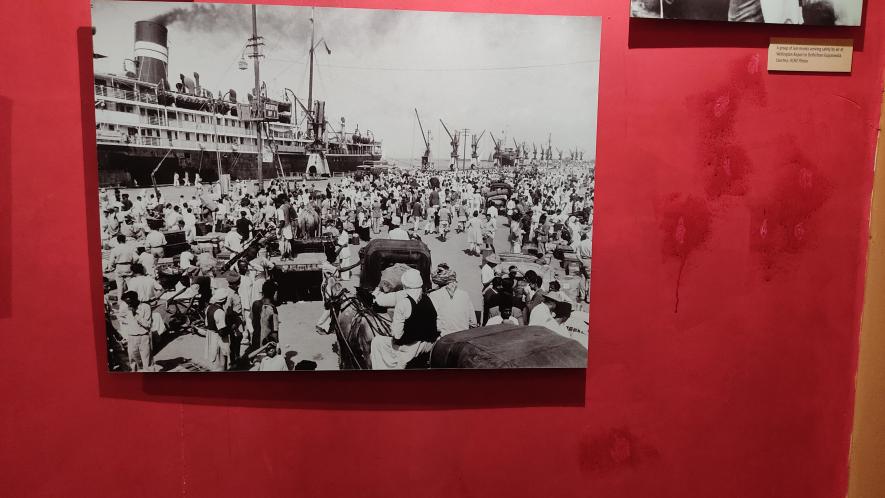
“It is very easy to destroy the social fabric of society with hatred but it takes hundreds of years to fill those wounds. The vested interest of some broke the social fabric of our country, and until today, lakhs of families are traumatised because of that vested interest. It is important for us to mull what kind of politics we are erecting,” Atishi added.
Veer Munshi, an artist whose two artworks have made it to the museum, discussed his visit to the Amritsar Partition Museum as a source of inspiration for his artwork titled ‘A Fallen House’.
This piece symbolises the loss of an entire civilisation through the representation of abandoned houses. Munshi highlights how these houses – once looted, set ablaze, and abandoned during the Partition – represent the breakdown of traditions, languages, and cultural heritage. Talking about his other artwork, ‘A Papier Mache Horse Carrying Skeletons’, Munshi said, “The horse represents the baggage of harrowing memories that one travels with whenever there is a brutal migration of people from one place to another.”
Photographer Seren Chopra focused her pictures on individuals who chose not to leave the country during the Partition, and this theme became a central point of discussion at the inauguration. According to her, because her maternal side was from Pakistan, it was always a fascinating and familiar subject for her. Reflecting on the challenges of curating for such prestigious projects, Chopra mentioned the difficulties she faced during the COVID-19 pandemic in getting access to individuals willing to share their partition memories.
“The other challenge was to carry the equipment to the narrow lanes of Chandni Chowk, which took a lot of time and patience from my team,” Chopra added. Two individuals whom she photographed for the museum have since passed away.

In addition, the museum provides a source of significant historical documents, including newspapers and letters from the revolutionaries, which are on display. The museum has been attracting families whose past had been directly shaped by the Partition, many of whom were visibly moved, with tears in their eyes on the day of inauguration.
Get the latest reports & analysis with people's perspective on Protests, movements & deep analytical videos, discussions of the current affairs in your Telegram app. Subscribe to NewsClick's Telegram channel & get Real-Time updates on stories, as they get published on our website.









